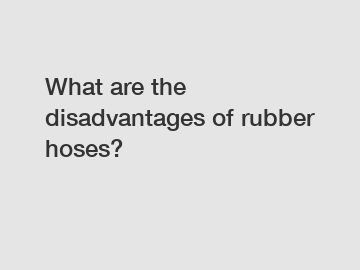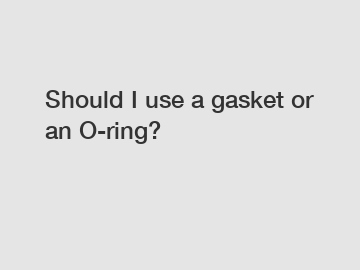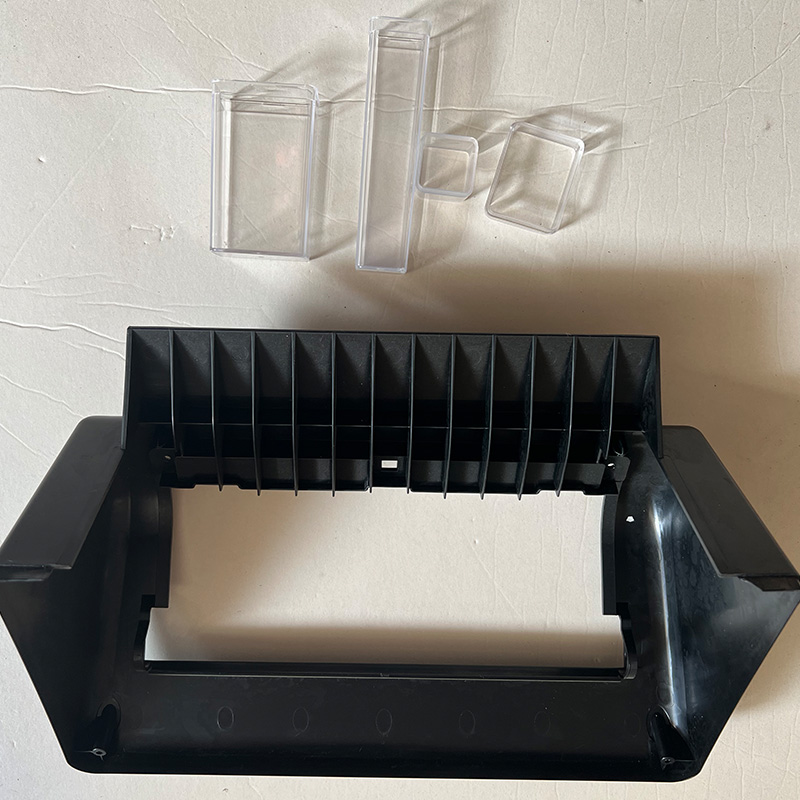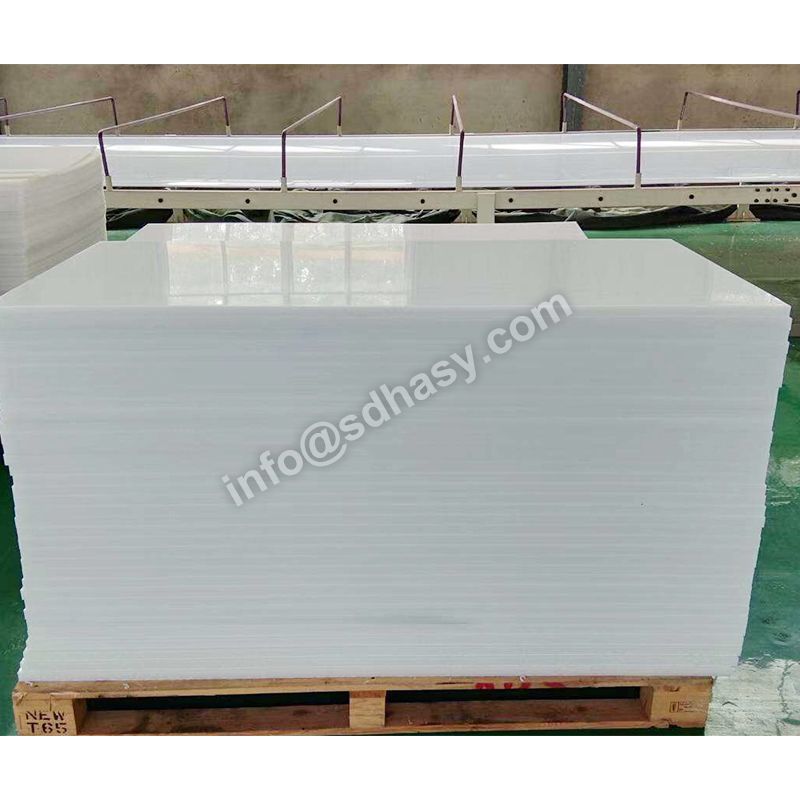What are the disadvantages of rubber hoses?
What are the disadvantages of rubber hoses?
Rubber hoses are commonly used for a wide range of applications, from automotive to industrial purposes. They offer flexibility, durability, and affordability, making them a popular choice among many consumers. However, like any other materials, rubber hoses also have their disadvantages. In this article, we will explore some of the drawbacks of using rubber hoses and discuss why it is essential to consider other alternatives for specific applications.
1. Limited temperature resistance.

Rubber hoses have a limited capacity to withstand extreme temperatures. While they can handle moderate heat and cold, they may lose their flexibility and become brittle in very high or low temperatures. This limitation can pose a significant problem in applications such as heated water systems or engine coolant hoses, where exposure to constant extreme temperatures is inevitable.
2. Chemical compatibility concerns.
Another disadvantage of rubber hoses is their limited chemical compatibility. Certain chemicals, solvents, or fuels can degrade rubber over time, leading to deterioration, leaking, or even hose failure. It is crucial to consider the specific chemical substances that will come into contact with the hose and choose a material that is compatible with those substances. In applications where there is a high risk of chemical exposure, alternative materials such as PVC or stainless steel may be more suitable.
3. Permeability to gases and liquids.
Rubber hoses are naturally porous, which means they have a certain level of permeability to gases and liquids. This can lead to issues such as gas or liquid escape or contamination in certain applications. For instance, if a rubber hose is used for transferring pressurized air, the air can slowly escape through the hose walls, resulting in reduced efficiency or system failure. In situations where maintaining the integrity of the fluid or gas is critical, using less permeable materials like nylon or polyethylene is recommended.
4. Susceptibility to wear and tear.
While rubber hoses are known for their durability, they are still susceptible to wear and tear over time, especially when exposed to harsh conditions or constant use. Factors such as abrasion, UV exposure, and bending can weaken the hose walls, leading to cracks, leaks, or bulges. Regular inspection and maintenance are necessary to ensure the proper functionality and safety of rubber hoses. Additionally, for applications where high durability is required, considering materials like reinforced PVC or silicone may be a better choice.
In conclusion, while rubber hoses offer many advantages, it is essential to be aware of their limitations and disadvantages. The limited temperature resistance, chemical compatibility concerns, permeability to gases and liquids, and susceptibility to wear and tear are some of the drawbacks associated with rubber hoses. Depending on the specific application, it may be more suitable to consider alternative materials that can better withstand extreme conditions, resist chemical degradation, lower permeability, or provide enhanced durability.
If you have any further questions or need assistance with choosing the right hose material for your particular application, please don't hesitate to contact us. Our team of experts is always ready to help you make an informed decision and ensure that your hose selection meets your specific requirements.
For more information, please visit hdpe pipe manufacturers in south africa, floater pipe, HDPE dredge pipe.
Related Articles









Comments